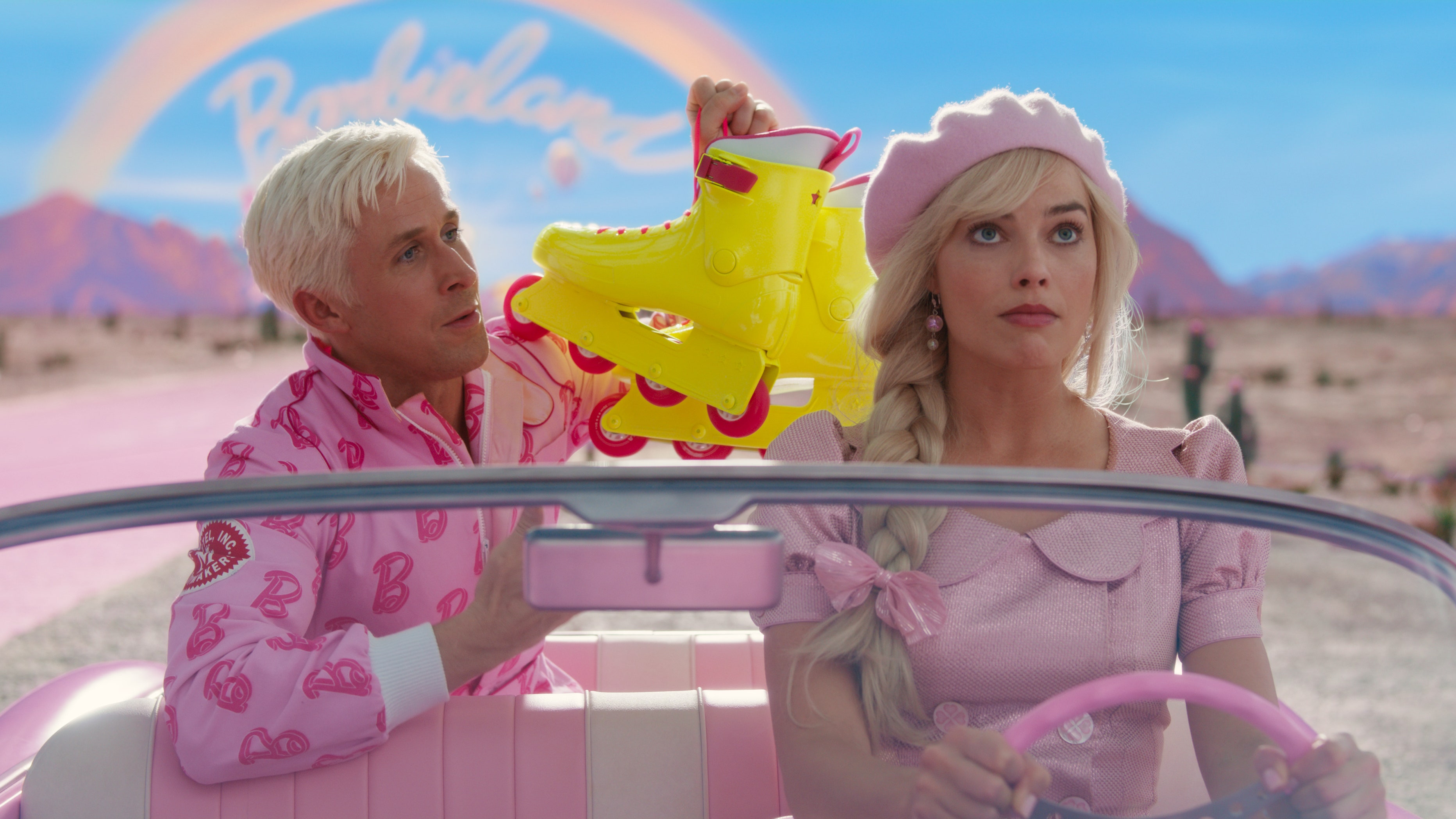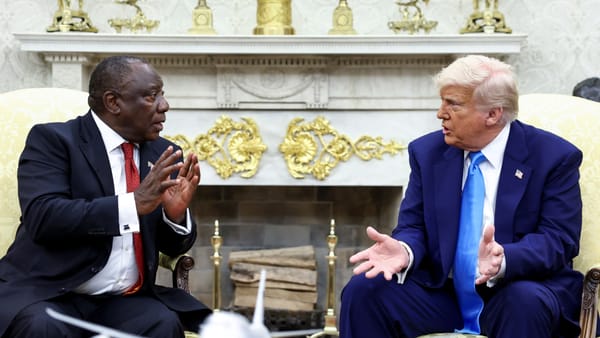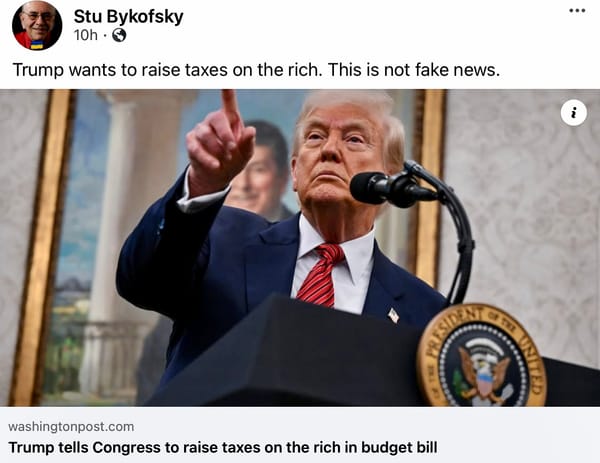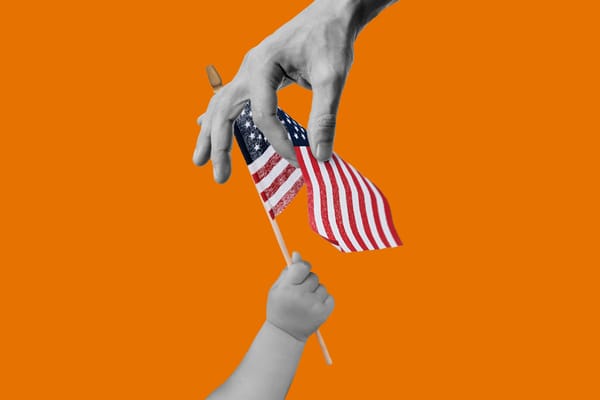The lowdown on the Barbie sendup
Because of my previous association with her, I had to be the first kid on the block to see the “Barbie” movie, which is getting tons of free publicity, and marketing tie-ins.
But before I tell you about the movie, led me tell you what happened Friday morning when I went online and checked movie times at several theaters.

Ryan Gosling as Ken, Margot Robbie as Barbie
I looked at AMC’s Fashion District and Cherry Hill theaters, plus the Landmark Ritz 5 in Society Hill. Every show I checked was almost sold out, as you could see by the theater seating chart.
I chose the Fashion District because it was within walking distance. I found the theater not 90% occupied, but 90% empty.
And, no (I can hear you thinking) I did not read the chart wrong because my fiance, Ms. Half-Pint, backed me up.
I have my suspicions about this, but this isn’t an investigative report.
Long before I moved to Philadelphia, I was a journalist in New York, and worked for a variety of publications, one of them being a bimonthly magazine called Toys & Novelties, which covered the toy industry. Yes, it was fun and games.
My biggest package for Toys & Novelties was on two major fan clubs -- Mattel’s Barbie (a doll), and Hasbro’s G.I. Joe (an “action figure,” never to be called a doll).
Barbie was celebrating her 5th anniversary, G.I. Joe, his first, in 1964.
The fan clubs were genius. This was before social media and the internet, and reaching customers through advertising or direct mail could be costly and inefficient. But not if your existing customers gave you their names and addresses so you could pitch to them directly.
As I said, genius.
It was while working for T&N that I got to meet Ruth Handler, the woman who invented Barbie (named after her daughter Barbara) and who gave shape to her shape and her Nordic ice goddess beauty. Handler always requested to be called “Ruth.” A down-to-earth woman.
When Barbie came out in 1959, I believe T&N was the first publication to put calipers to Barbie to report her dimensions rivaled Dolly Parton's. Barbie was zaftig, to use a Yiddish expression. (Toy maker Mattel later gave her breast reduction surgery.)
“Barbie’s” lead actress, Margot Robbie, is not zaftig, but she is angelic and can play vacuous with ease. In the movie, she is Stereotypical Barbie. (There are -- count them -- 175 Barbie doll styles and many, many occupations.)
When she first was introduced, I was puzzled. Here she was, this beautiful creature, with a home, a sports car, an astonishing wardrobe -- and no job. She must be an escort, I thought.
So now we are into the movie, and some early buzz (from conservative quarters) was that it is “anti-male,” with one critic saying he had heard the word “patriarchy” about 10 times.
True, but several of those times were sendups of the word, kicked around for fun. Ken says he thought it had to do with horses.
Yes, “Barbie” is a message movie, but the message is not a simple Female Good, Male Bad. It is not the ultimate chick flick, and while it airs grievances, it does so softly, thanks to Greta Gerwig, whose direction created a cartoony world. Actually, two of them: Barbieland, where all the Barbies (and Kens) live, having the best day ever again and again, and L.A., where Barbie goes -- reminiscent of Dorothy going to Oz -- to find a real woman whose unhappiness seeped into her Barbie doll and then leaked through the wall to Robbie’s Barbie character, giving her thoughts of death, and even worse, cellulite.
The movie sells “female empowerment,” but in a kind of weird (unnecessary) twist it is about male empowerment too, about Ken having to get a life.
Let me hit a note that others may not.
Barbie is the star of the overly long 1-hour, 54-minute film, but poor, dumb simple Ken is the most sympathetic character.
Ken is the sorrowful victim of unrequited love -- he loves Barbie, but Barbie does not love him. The role calls for Ryan Gosling to show more emotion than Robbie.
When he leans forward for a simple kiss, Barbie remains arrow-straight, not leaning one degree in his direction. You can see the hurt in his eyes.
When Ken asks if he can stay over -- although he does not know why, each of them having revealed they do not have genitals -- Barbie brushes him off, explaining that this night, and every night, is girls’ night. That’s how it is in Barbieland, which is supposed to be a mirror image of real life, where women are underdogs and after thoughts.
But is that entirely true? Men may be the “leaders,” but they want to have sex with their women, and want to protect them, each being a traditional male role. Well, men before Generation X, anyway.
In the movie, the Barbies have careers and go to work, while the Kens stay home.
Since there are no children, the Kens get to play sports on the beach all day. That is not a parallel to women who stay home. And it doesn’t seem to be that bad a life. I have no idea who does the housework.
The very opening is a remake of “2001: A Space Odyssey.” As the unseen narrator (Helen Mirran) explains how, until Barbie, all dolls were babies and playing with them was subconsciously teaching girls their role was to be mothers. (This was before men started having babies, as some poor fools believe).
With Barbie on the scene as a sort-of equal playmate, the young girls started bashing in their dolls heads, as chimps did to the skulls of animals they killed in “2001.” I’m not sure Gerwig intended to liken young girls to chimpanzees. That seems an unforced error.
Anyway, it was funny.
The thing is, for most of the film, “Barbie” emphasizes physical beauty. Almost every one of the Barbies is gorgeous and sexy, with the exception of one fat one. And that sexiness was something some feminists protested.
There is a subplot, involving an obnoxious teen named Sasha, who rails against Barbie for endorsing an unrealistic image of beauty most women can’t attain, plus her endless consumerism, and maybe pollution, I forget.
Interestingly, Mattel signed off on this, along with several other shots against the company.
For instance? There’s a meeting of the top dozen or so officers of Mattel, and every one of them is male.
I can’t offer you proof, but I’d bet a week’s wages that at least some of Mattel’s chief officers are female. This is a company that markets principally to women and children, after all.
So there are drops of vinegar in a production that is saccharine by design.
What keeps it from being a one-joke wonder is that the plot requires Barbie to voyage to the real world to find that unhappy woman. Ken tags along, like the accessory he always is, but he has a dark epiphany in the Real World.
He discovers, yes, men are in charge and he goes from meek to macho. He grows a pair of those things he does not have.
When he returns to Barbieland, in a plot hole you can drive a Barbie camper through, he organizes the Kens to take over Barbieland and turns the Barbies into subservient Stepford wives.
What? The plot does not explain how this happened.
When Barbie returns and learns her Barbieland is now Testosterone Village, she breaks down.
Given a pep talk by Sasha’s mother -- a set piece about empowerment -- she gets the Barbies to outwit the Kens -- it’s not very hard -- and recapture their female province.
I don’t want to give away any more of the plot, which slows down when the lectures get turned up.
I think “Barbie” tries to do a little too much, but will attract Barbie fans, and possibly some Barbie haters, too.
As far as it being anti-male, only neutered males would think so. Yes, the movie does poke fun at men. And Mattel. And Barbie. And the producers,



